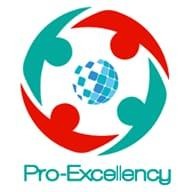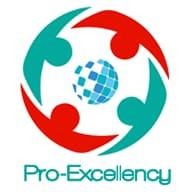proexcellency
NetSuite SCM online training
Supply Chain Management (SCM) refers to all the activities necessary to transform raw
materials into finished goods or services and those necessary to distribute and provide
those goods or services to partners and ultimately customers.
SCM applies both to the planning stage and to the transfer and management of information
and capital throughout the supply chain. This discipline consists of five main
components: Planning, procurement, manufacturing, delivery, and returns.
Companies with the most efficient supply chains take an integrated approach to SCM. We
do not treat components such as planning, manufacturing, and delivery as separate business
functions. Rather, think about how your processes are connected.
Why Supply Chain Management Matters:
Supply chain management is increasingly becoming a top priority as business leaders
recognize the importance of an efficient and resilient supply chain to their bottom line. The supply chain is one of the largest costs for any company, so it makes sense to evaluate and optimize all processes that lead to the delivery of products and services to the end customer. This builds loyalty over time and differentiates you from your competitors.
How supply chain management works.
SCM involves building relationships between all the entities that make up the supply chain for a single product or service. Most items are not sourced, designed and manufactured by a single company. Rather, multiple companies work together to produce and sell a finished product or service.
To better understand what SCM is, it helps to separate the physical flow from the
information flow.
Physical flow: Companies that sell products need to find the best way to acquire
materials, parts or finished goods and transfer them to the next stage of the chain.
The physical flow of goods begins with a supplier sourcing raw material, and the raw
materials move to manufacturers, distributors, retailers, and finally to the end
customer. Of course, certain supply chains may skip or integrate some of these
steps. Each step requires physical items to be transported to the next destination,
often requiring planning and coordination, so they need to be stored for a while.
Information flow: As goods and services move through the supply chain, everyone
involved needs detailed status information. Suppliers plan production and allocate
inventory based on orders from manufacturers. Retailers need to know the types
and quantities of products in future shipments and the expected arrival dates.
Duration
Duration
30-35 hrs
Shipping & Returns
Shipping & Returns
Dimensions
Dimensions
Care Instructions
Care Instructions


